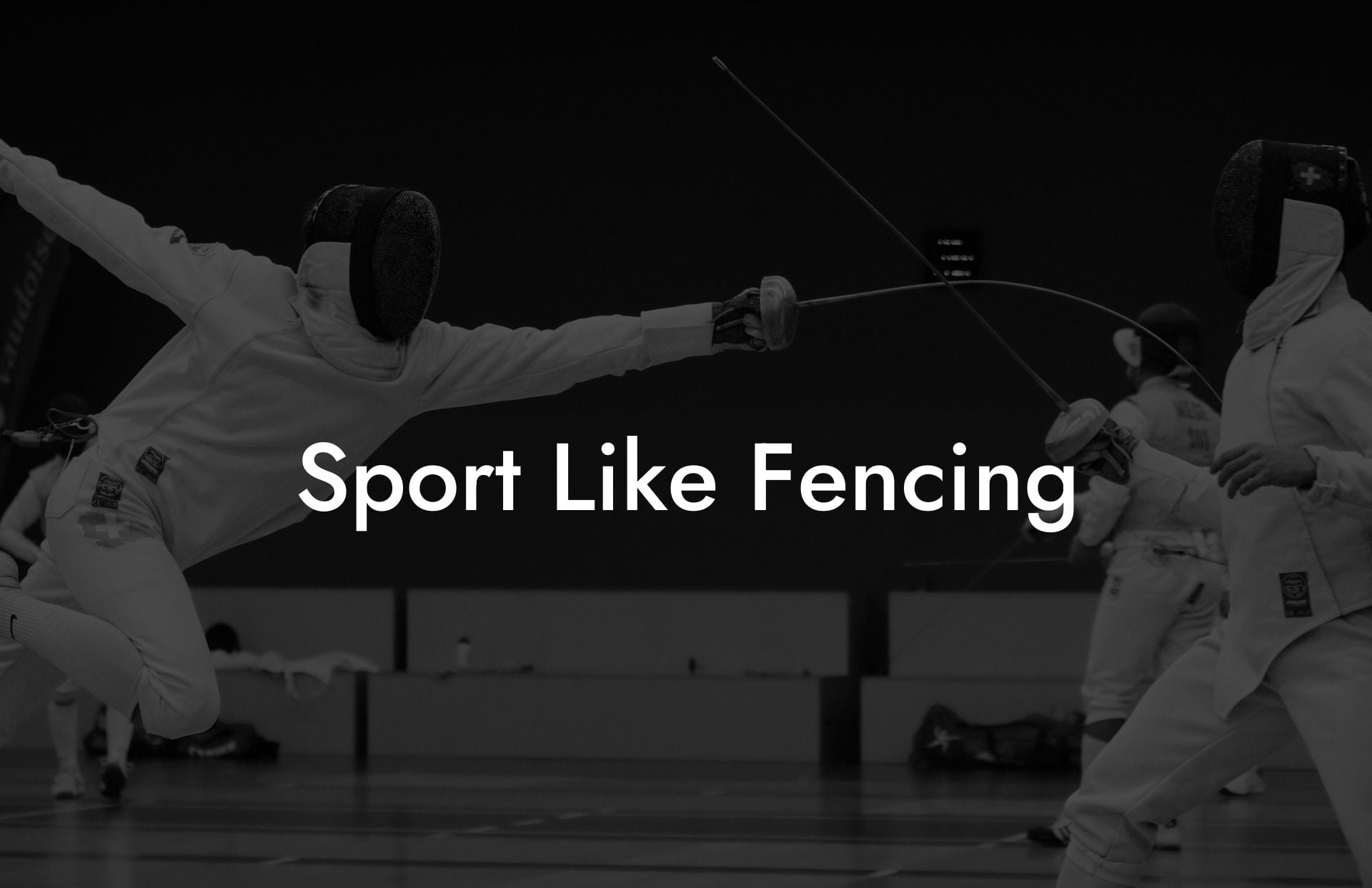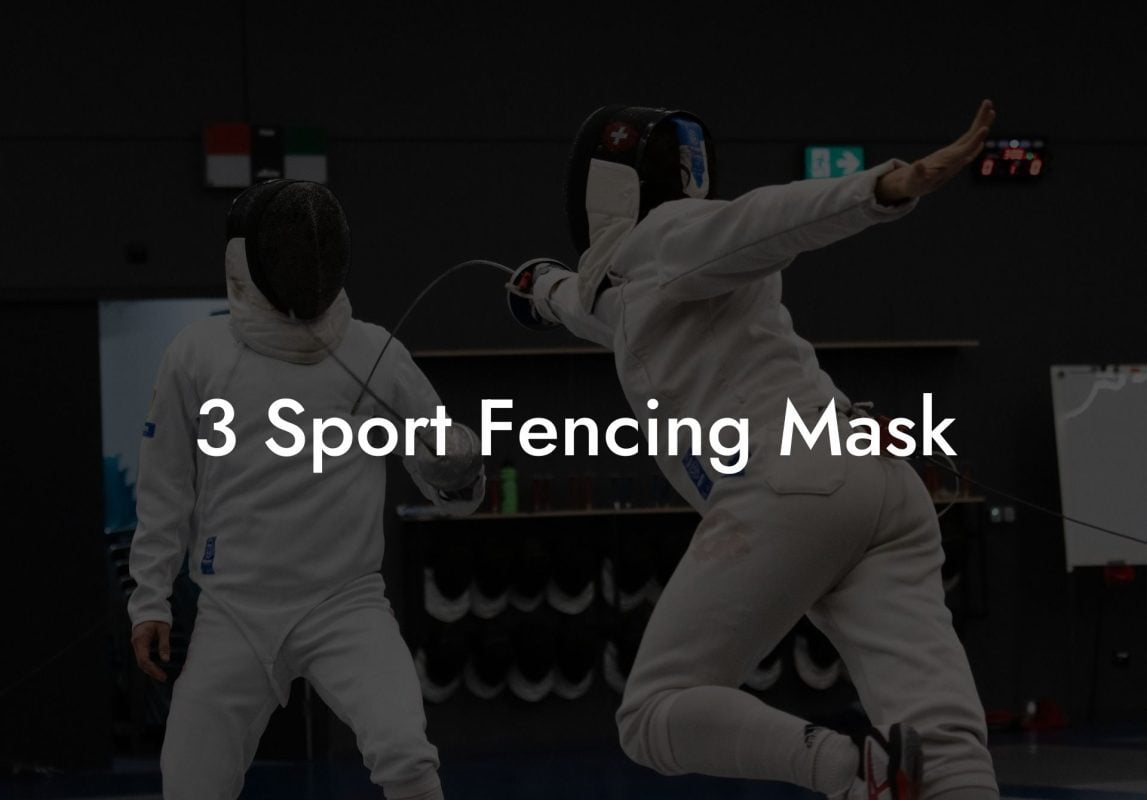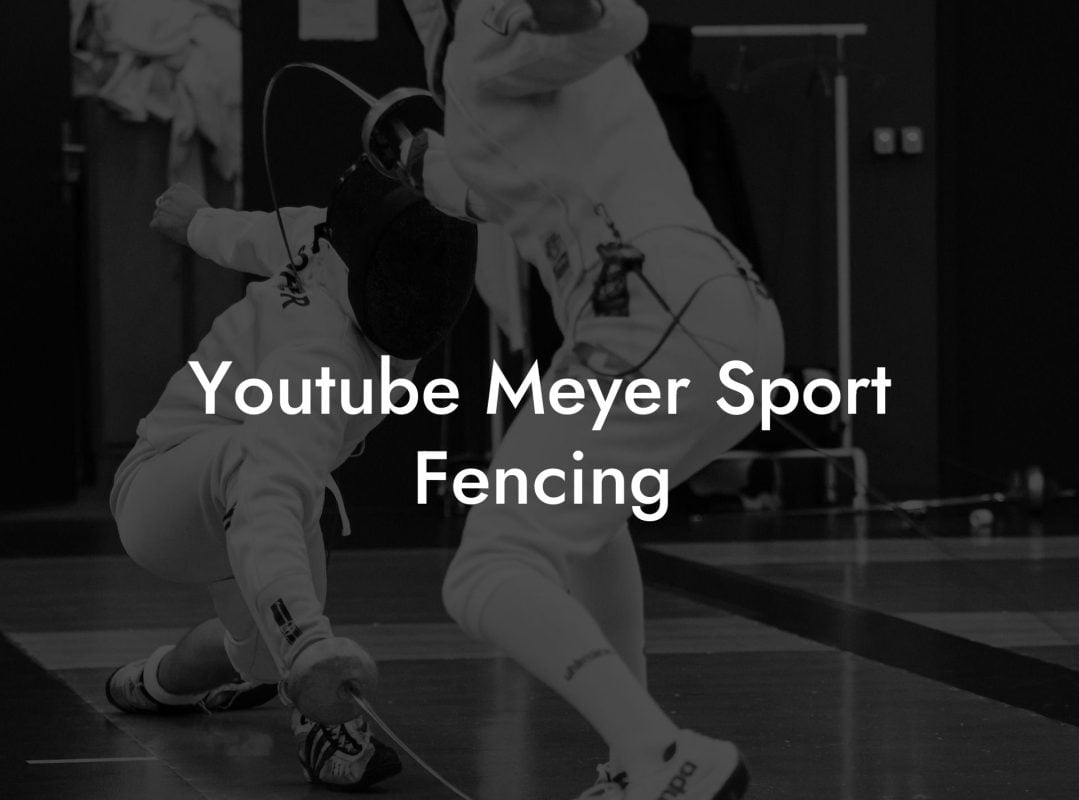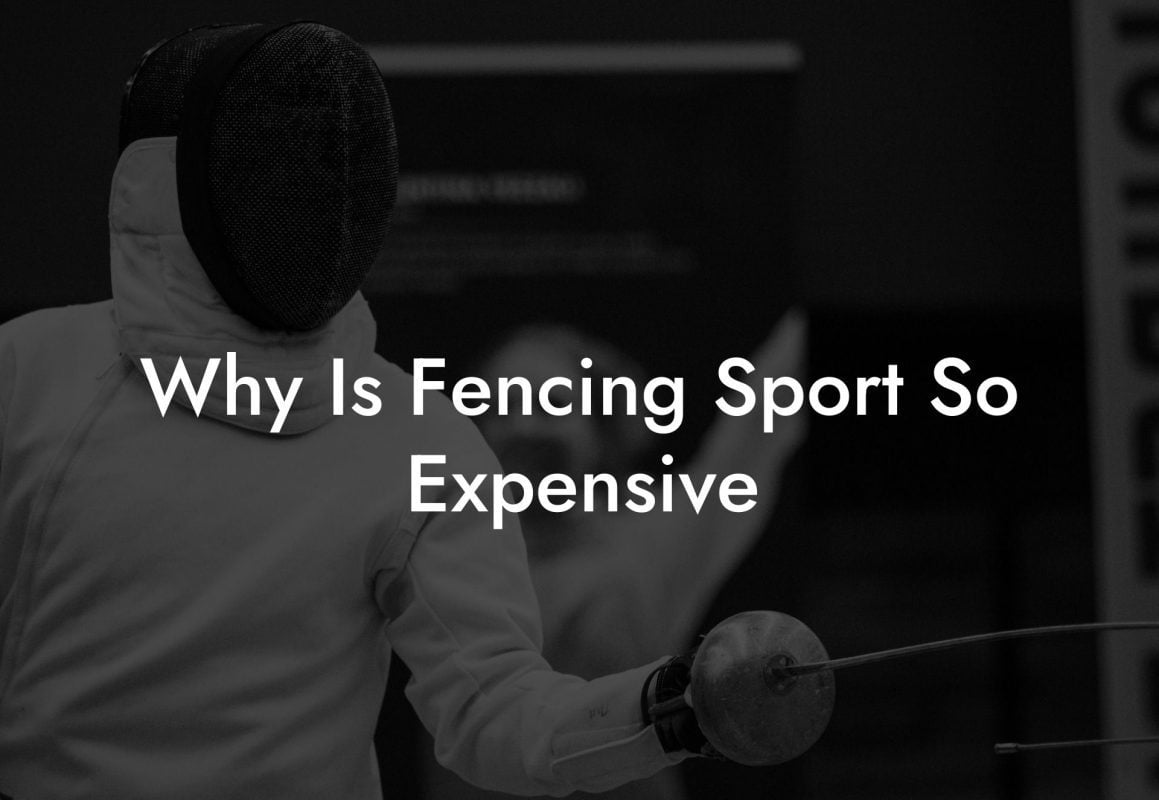Have you ever watched a swashbuckling film and daydreamed about effortless parries, lunges, and ripostes? Fencing is the sport that can bring those dreams to life. This elegant and exciting form of combat dates back centuries and has evolved into both an Olympic sport and fascinating hobby. At Anchorage Fencing Club, we're passionate about introducing people to this thrilling sport and helping them understand its ins and outs. In this detailed guide, we'll walk you through the basics of fencing, discuss its various disciplines, and provide tips on how to get started.
The Three Fencing Disciplines
Fencing as a sport has evolved into three main disciplines: foil, epee, and sabre. Each has its own distinct set of rules, target areas, and styles.
Foil
Foil is the most common form of competitive fencing and often described as the most tactical. The target area in foil fencing is the torso, and points are scored by landing touches with the tip of the weapon.
- Flexible, light blade makes for fast and precise movements
- Priority rules dictate which fencer has the right to attack, making strategy crucial
- Electronic scoring system ensures accurate touch detection
Epee
Epee fencing resembles the classic duel, with no priority rules in play. The target area for epee is the entire body, and fencers must focus on both offence and defence to succeed.
- Heavier, stiffer blade requires more force and control
- Unique tip design allows simultaneous touches, fostering a more offensive gameplay
- Emphasis on footwork and body control ensures proper distancing and timing
Sabre
Sabre fencing, inspired by cavalry combat, utilizes slashing motions in addition to the thrusts, and the target area includes the torso, arms, and head.
- Curved, lightweight blade allows for fluid slashing movements
- Attack-heavy and fast-paced, requiring rapid reflexes
- Priority rules dictate right-of-way, necessitating strategy
How to Get Started
If you're interested in exploring the world of fencing, there are a few steps you can take to get started.
- Research local clubs and classes: Whether you want to join a local fencing club or take a class at a gym or recreation center, options are likely available nearby. Begin your search online and reach out to clubs or instructors with any questions.
- Attend a beginner's class: Beginner classes will typically introduce fencers to the basics of footwork, blade work, and rules. These classes are an excellent way to learn more about the sport and decide if it's right for you.
- Invest in your own fencing gear: Once you've committed to learning the sport, start investing in your own gear. Basic fencing equipment includes a mask, glove, and weapon. Many fencing clubs and online retailers sell beginner packages that include everything you need to start.
Sport Like Fencing Example:
Imagine you've found a local fencing club, attended your first beginner's class, and decided foil fencing is the discipline you want to explore further. Your next step would be to purchase your own fencing gear. You can find a beginner's package that includes a foil, mask, glove, and more for a reasonable price from a reputable online retailer. With your new equipment, you're more than prepared to continue lessons and learn about tactics, strategies, and specific techniques that will advance your skills. Over time, you'll face off against other fencers, improving your abilities and becoming ever more adept at this unique and captivating sport.
If our guide to the world of fencing has piqued your interest, we encourage you to explore further and share your experiences. As fencing enthusiasts ourselves, Anchorage Fencing Club is dedicated to providing helpful guides like this one, as well as information on the best fencing equipment available. We'd love to hear about your journey into the world of fencing – don't hesitate to share your story with us and others. Good luck, and en garde!













